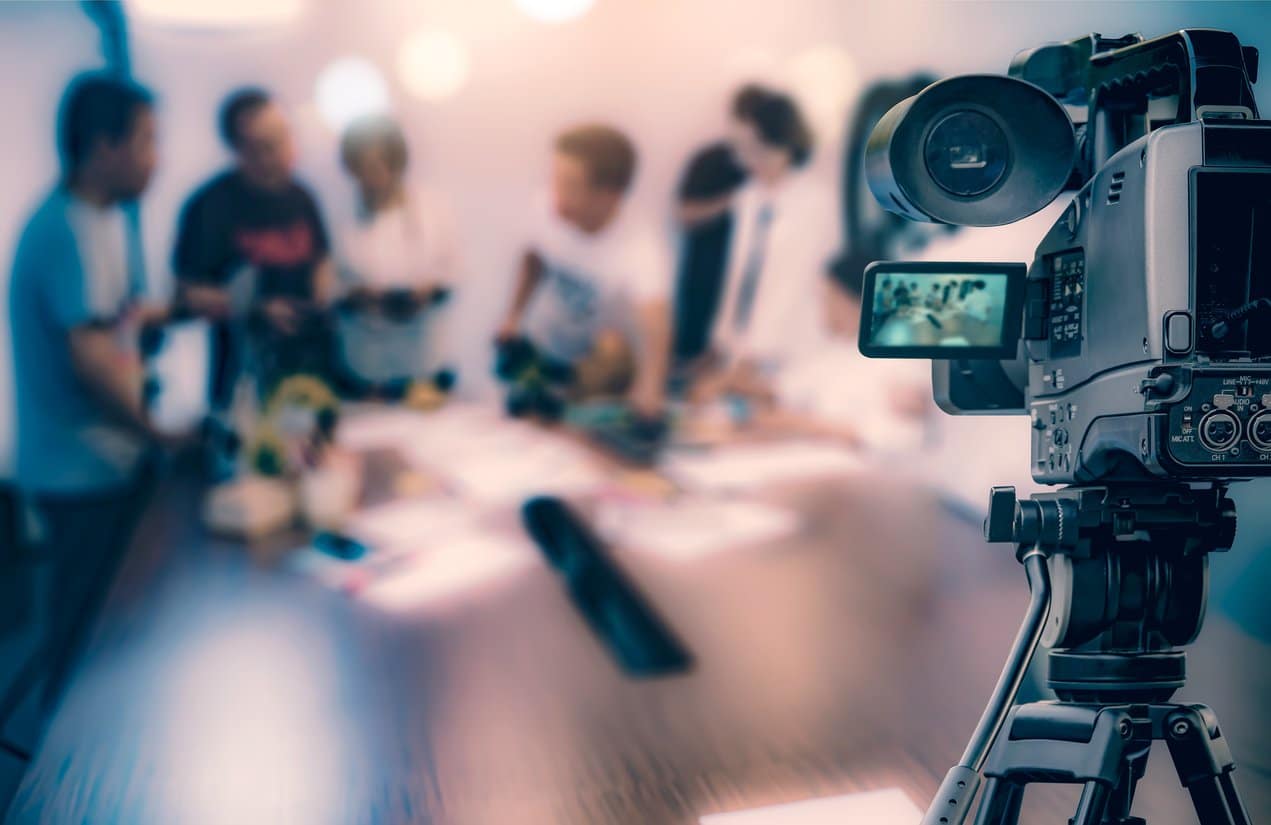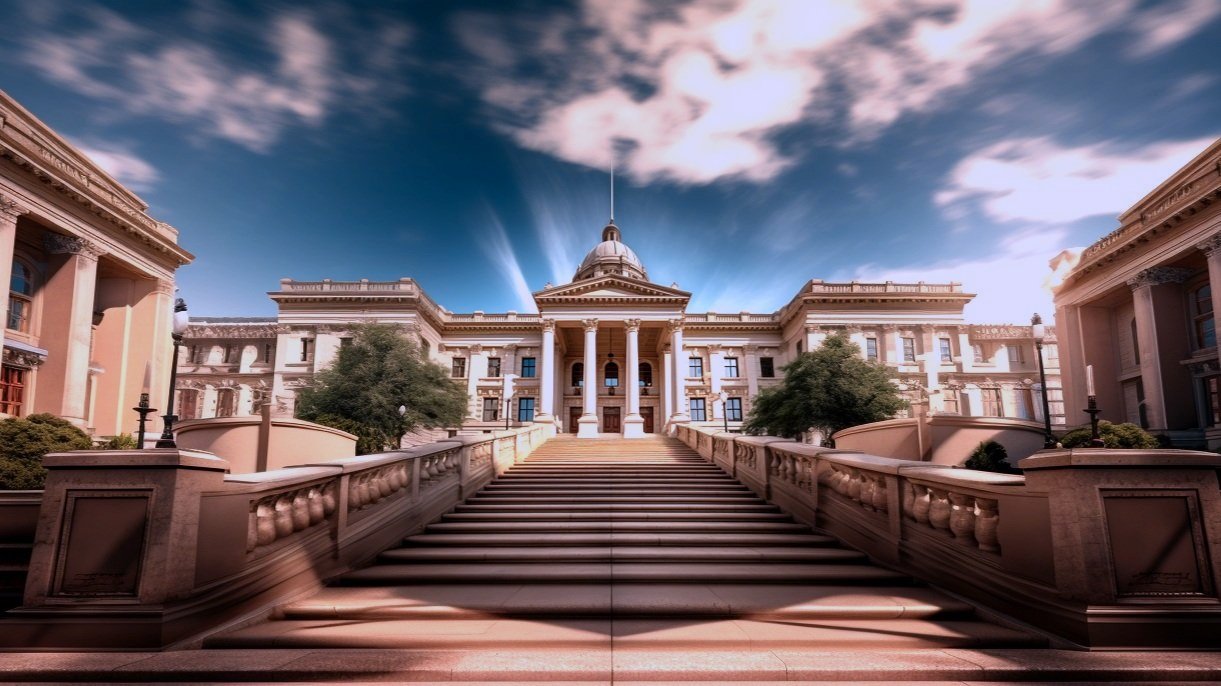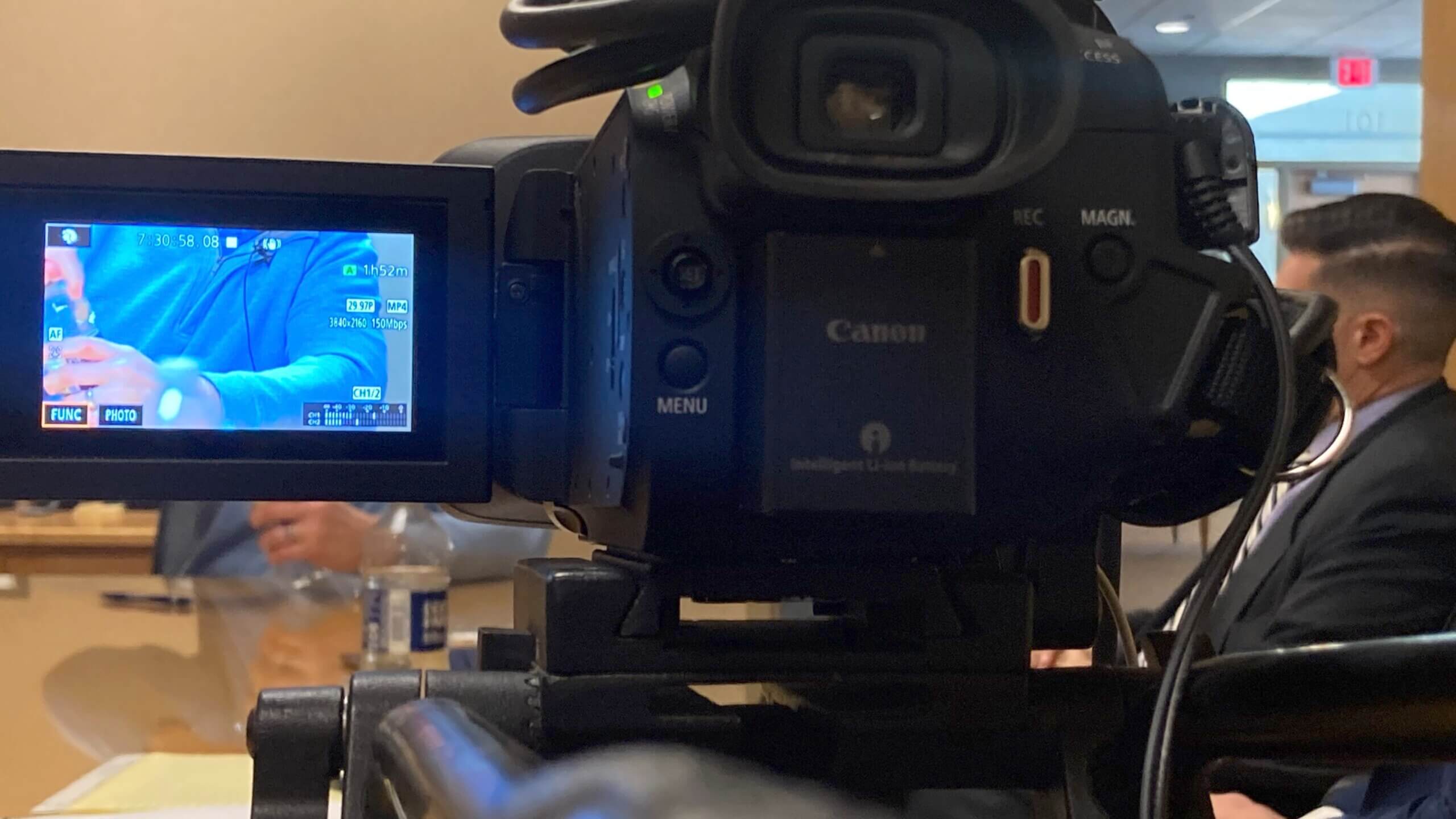The Ultimate Guide to Legal Videography for Lawyer and Legal Teams
The Ultimate Guide to Legal Videography for Lawyer and Legal Teams
Blog Article
Looking Into the Mechanisms of Lawful Videography: Introduction Its Procedure in Shielding Genuine Visual Testimony for Judicial Process
In the realm of judicial process, the duty of lawful videography stands as a cornerstone in protecting and providing aesthetic proof. As innovation proceeds to breakthrough, the devices behind lawful videography have actually ended up being progressively detailed, using a vital layer of authenticity to testaments captured on video clip.
Historic Evolution of Lawful Videography
Analyzing the historic development of lawful videography reveals a significant improvement in the capturing and presentation of visual proof within the legal landscape. In the past, lawful procedures heavily depended on written records and photos to document events and offer evidence. With the introduction of video innovation, the legal sector saw a standard shift in how visual statement was captured and offered.
The evolution of legal videography can be mapped back to the late 20th century when improvements in video recording devices made it much more available for use in court rooms. This technical advancement not only boosted the accuracy and reliability of aesthetic proof however also transformed the way instances were presented to discretionary (Legal Videography). Attorneys started to identify the convincing power of video recordings in communicating emotions, nuances, and non-verbal cues that created photos or transcripts alone could not capture effectively

Modern Technology Developments in Video Paperwork
What essential technical developments have reinvented video paperwork in the legal field? The lawful area has actually seen considerable improvements in video documentation technology that have actually boosted the credibility and dependability of visual proof in judicial process. One of the essential advancements is high-def (HD) video clip recording abilities, which offer crystal-clear images and sharp information that are vital for precisely catching testimonies, faces, and other visual signs. Furthermore, the integration of timestamping and metadata attributes in video documentation devices has enabled specific paperwork of when and where the video clip was taped, making sure the integrity of the proof presented in court.
Furthermore, innovations in video file encryption and watermarking innovations have actually boosted the safety and security and tamper-proof nature of video proof, protecting it versus unapproved modifications or tampering. The introduction of cloud storage space services and remote gain access to capacities has structured the storage, access, and sharing of video proof, promoting smooth collaboration amongst lawful specialists and guaranteeing efficient access to crucial aesthetic testimonies when required. These technological improvements in video documentation have certainly reinvented the lawful area, enhancing the accuracy, reliability, and admissibility of aesthetic evidence in judicial procedures.
Duty of Legal Videographers in Court Room Setups
The development of video paperwork modern technology in the legal field has actually demanded an essential duty for lawful videographers in court settings, making sure the stability and integrity of aesthetic testimonies offered throughout judicial process. Lawful videographers play a basic function in capturing and protecting exact aesthetic proof that can be crucial in court cases. Their obligation encompasses setting up tools, hop over to here recording proceedings, and producing high-quality videos that precisely show the events in the court.
In court room settings, lawful videographers have to comply with strict guidelines and standards to preserve the authenticity of the aesthetic record. They need to have a keen eye for information and a complete understanding of legal treatments to guarantee that the footage they record is a real depiction of the events that took place. Furthermore, click now lawful videographers often function closely with legal teams to ensure that the video clip evidence aligns with the situation's demands and can be effectively provided in court to support the lawful arguments being made. In general, the duty of lawful videographers in courtroom settings is important in promoting the principles of justice and making sure the transparency of lawful procedures.

Ensuring Admissibility and Stability of Video Clip Evidence
To preserve the credibility of visual proof provided in legal proceedings, making certain the admissibility and integrity of video clip evidence is an essential duty for lawful videographers. Admissibility describes the approval of proof by the court, and for video evidence to be admissible, it needs to fulfill certain standards. Legal videographers play a critical role in guaranteeing that the video clips they record abide by the guidelines of proof, such as reliability, relevance, and authenticity.
Honesty of video evidence entails keeping the originality and accuracy of the video from the time it is videotaped up until it exists in court. This consists of safely saving the video clip documents, documenting the chain of wardship, and avoiding any meddling or modifications. Lawful videographers should stick to rigorous methods to assure the honesty of the video proof and stop any kind of challenges to its credibility.
Future Trends in Legal Videography
Provided the raising dependence on modern technology in lawful proceedings, legal videographers are positioned to welcome innovative advancements shaping the future of aesthetic testament capture and discussion. One of the famous fads coming up is the integration of digital fact (VR) and increased truth (AR) modern technologies into legal videography. These technologies have the prospective to transform exactly how aesthetic evidence is offered in courtrooms, enabling juries and courts to submerse themselves in the scene of the criminal offense or event.
In addition, using expert system (AI) useful content formulas for video evaluation is anticipated to improve the process of assessing and evaluating large amounts of video footage. AI can aid in determining essential moments, anomalies, and patterns within video clips, enhancing the effectiveness of legal investigations.

Final Thought
Finally, lawful videography has played an important role in giving genuine aesthetic proof for judicial procedures. Via technical advancements and the experience of lawful videographers, the integrity and admissibility of video clip evidence are ensured in court room settings. As legal videography proceeds to develop, it will certainly be necessary to support criteria that maintain the precision and integrity of visual testimony for the future of lawful procedures.
Taking a look at the historic development of legal videography discloses a substantial improvement in the capturing and presentation of aesthetic proof within the lawful landscape.The advancement of video documentation technology in the legal area has necessitated a vital duty for legal videographers in court setups, making certain the integrity and reliability of visual testimonies offered throughout judicial process. Additionally, lawful videographers typically work very closely with legal teams to make sure that the video clip evidence lines up with the case's requirements and can be efficiently presented in court to sustain the legal arguments being made.To maintain the integrity of visual proof offered in legal procedures, making sure the admissibility and integrity of video evidence is an essential duty for legal videographers. As legal videography continues to advance, it will certainly be necessary to copyright requirements that preserve the precision and dependability of visual testimony for the future of legal process.
Report this page